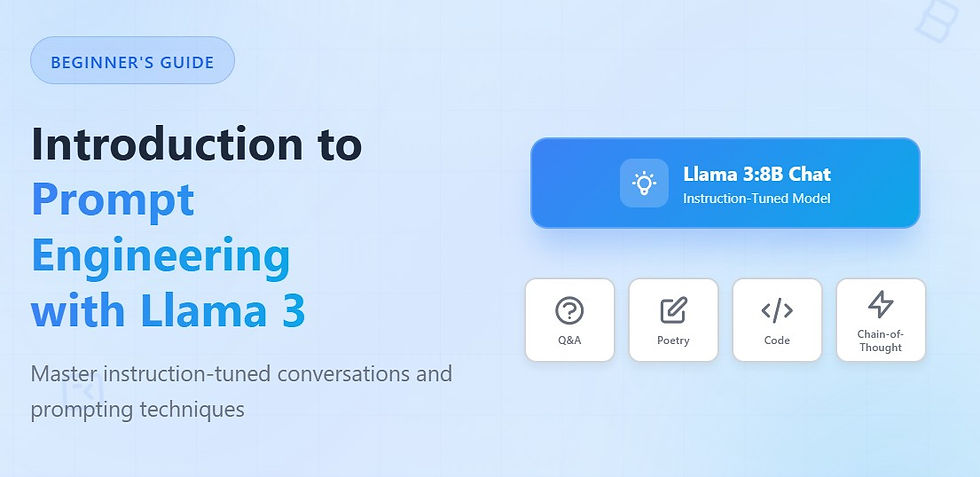Finding Text Similarities Using NLP Techniques - NLP Assignment Help
- Pushkar Nandgaonkar
- Jun 14, 2023
- 2 min read

Introduction
In this lab assignment, we will explore various Natural Language Processing (NLP) tasks to find similarities between given sentences. We will use Python language and the NLTK library to perform tokenization, stemming, and lemmatization on the sentences. Additionally, we will utilize the sklearn library to apply K-means clustering, representing the sentences with different feature vectors obtained through TF-IDF, TF, BOW, and Word2Vec techniques. Finally, we will visualize the clusters using word clouds.
Tasks:
Tokenization: Using NLTK's word_tokenize function, we will tokenize the given sentences. Tokenization breaks the text into individual words or tokens, allowing us to analyze the text at a granular level.
Stemming: To reduce words to their base or root form, we will employ NLTK's PorterStemmer. Stemming helps in normalizing words and capturing their essential meaning by removing prefixes or suffixes.
Lemmatization: NLTK's WordNetLemmatizer will be used to perform lemmatization on the stemmed tokens. Lemmatization reduces words to their dictionary or lemma form, ensuring that semantically similar words are represented consistently.
K-means Clustering and Feature Vectors: We will apply the K-means clustering technique from the sklearn library to cluster the given sentences. Before clustering, we need to convert the sentences into feature vectors. For this purpose, we will explore the following techniques: a. TF-IDF: Term Frequency-Inverse Document Frequency assigns weights to words based on their frequency in a document and their rarity in the entire corpus. b. TF: Term Frequency represents words as vectors based on their frequency within each document. c. BOW: Bag-of-Words represents documents as vectors based on the presence or absence of words. d. Word2Vec: Word2Vec represents words as dense vectors capturing semantic relationships between words.
Finding an Appropriate K-Value and Visualization: We will use the KneeLocator method from the kneed library to identify an appropriate K-value for the K-means clustering algorithm. This method helps determine the optimal number of clusters based on the "elbow" point in the sum of squared distances. Additionally, we will visualize the clusters using word clouds, providing a visual representation of the words associated with each cluster.
This lab assignment demonstrated the application of NLP techniques to find similarities between given sentences. By performing tokenization, stemming, and lemmatization, we prepared the text for further analysis. We then employed K-means clustering with different feature vector representations (TF-IDF, TF, BOW, and Word2Vec) to identify clusters and determine an appropriate K-value. Finally, we visualized the clusters using word clouds, providing a clear representation of the words associated with each cluster. Through this exercise, we gained insights into the similarities and patterns within the given sentences using various NLP techniques.
If you require assistance or the complete solution for this project, please feel free to contact us. We are available to provide further guidance, answer any questions, or help you implement this project effectively. Our team of NLP experts is dedicated to supporting your needs and ensuring successful project completion.




Comments